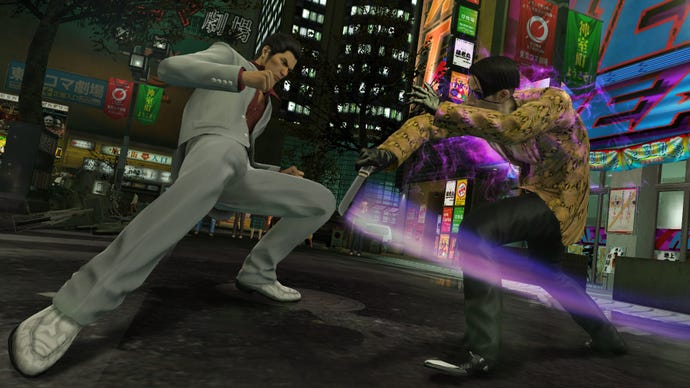Almost 90% of classic video games are “critically endangered” and it’s only getting worse, preservation study warns
“It’s bad, folks. It’s really bad.”
A recent study into the availability of classic video games appears to confirm what we all suspected: the vast majority of video games more than a decade old are pretty much impossible to find in their original forms, due to a mixture of technical challenges, licensing and commercial factors.
The Game Availability Study published in partnership by the Video Game History Foundation and the Software Preservation Network found that 87% of video games released in the US before 2010 - the report’s benchmark for “classic”, which just caused me to crumble into dust - simply aren’t in print anymore.
The study comprehensively lays out what it considers “in print” to mean, specifying that remakes and remasters with “substantial” differences - such as Yakuza Kiwami, compared to the original Yakuza - aren’t the same as playing the original games. The study also makes clear that games needed to be “as simple as possible for an average user to play” to be classified as available - meaning that raw source code doesn’t count, nor less, uh, legitimate methods, with the researchers admitting that “it’s true that piracy is often the easiest way - or the only way! - to play many classic games”.
“We’re lucky that these games aren’t entirely lost to time yet, but we need to do better than that,” they added. “We shouldn’t accept that we have to forfeit video game history entirely to the realm of legally murky websites and secret torrents known only to the most diehard of fans.”
The outcome is summarised by the study’s authors: “It’s bad, folks. It’s really bad.” Of the more than 4,000 games looked at, 9 in 10 are considered “critically endangered”. That’s averaged across everything from 1960 to 2009, with the period of 2005 to 2009 not even seeing a fifth of games survive to today. That’s really not that long ago!

As you’d suspect, things get more and more dire the further back you go, with games released before 1985 seeing a notable drop in availability to well below 10%, and the 1960s and ‘70s barely above zero. The worst platform studied was the Commodore 64, with just 4.5% of games still available (and most of those are through a single platform, Antstream Arcade - without which the result would’ve been 0.75%), while even the juggernaut console of the PlayStation 2 only struggled to 12%.
The researchers compared the lamentable state of game preservation to that of pre-World War II audio recordings and American silent films, which have comparably low rates of preservation - despite dating from half a century or so earlier than video games.
“The era before the 1983–1984 video game industry crash is like the silent film era for video games, a period when the rules and vocabulary of games were first being established,” they explained of the importance of preserving early games. “The problem is that video game history is more than just the bestsellers. If we want to understand and appreciate the history of video games, we need more than a curated list of the games that publishers decide have commercial value.”
Unfortunately, while the study says that business is booming around certain classic game re-releases - the big names like Mario and Final Fantasy - the news is only bad for everyone else, with the research suggesting things will only get worse as digital stores and services are shut down, taking more games into the digital abyss. The study gave the example of the 3DS and Wii U eShops, which saw the loss of around 1,000 games.
The study ends with a call for the game industry to work with libraries and archivists to take on the task of preserving video game history, insisting that publishers and developers can’t do the job alone - especially when some game companies actively work to hamper the efforts of preservationists.
“This is the moment to sound the alarms for both the video game industry and the preservation world,” said Video Game History Foundation co-director Kelsey Lewin. “The study proves that it’s worse than it looks - for every Mario game that’s available, there’s hundreds of less popular games that are critically endangered.
“Our goal is that by exposing just how dire the state of game availability is, we can drive changes to our copyright laws that will make video game preservation stronger, and able to take on the challenges of the future.”



